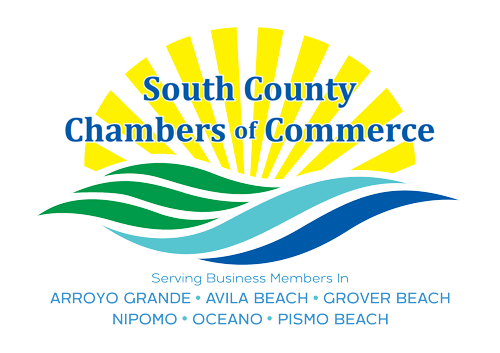Twelve Months, One Vision: Ground Rules for Mapping Out a First-Year Business Blueprint
The first year of running a business feels like standing on shifting ground while building a house at the same time. Founders often rush headlong into growth, swept up in adrenaline and ambition, without stepping back to chart a route that makes sense. Milestones get scribbled on napkins or buried in phone notes. But structure — real, useful structure — is what allows a vision to solidify into something that can last. Strategies for setting goals in year one are less about lofty mission statements and more about understanding momentum, bottlenecks, and timing.
Design with Constraints, Not Just Dreams
Every new venture begins with a spark, but a spark isn’t a strategy. It’s tempting to dream big and write down everything that might happen if all goes well. Instead, reverse-engineer ambition. Ask what’s actually possible within the next three months and what kind of time, energy, and money are truly available. Goals that account for constraints — rather than ignore them — keep you from chasing illusions and wasting your early fuel.
Time Blocks Beat Timelines
Most business advice glorifies the twelve-month roadmap, but straight-line thinking rarely matches real-world turbulence. Time blocking creates room for adaptation while preserving intention. Breaking down the first year into focused intervals — for instance, four 90-day blocks — forces clarity about short-term deliverables without losing sight of longer-term vision. This also gives you a rhythm to check in and recalibrate as needed, instead of reacting only when problems arise.
Milestones Should Be Behavioral, Not Just Financial
Revenue matters, but it's not the only measure of progress. In a company's first year, milestones tied to behavior — like building a consistent customer experience, shipping product updates, or reaching a marketing cadence — lay a foundation for long-term growth. Focusing only on profit early on can blur the process that leads to it. Think of behavior-based milestones as training the business to walk before it runs.
Fundraising Starts with Focus, Not Just Funding
Raising capital in a business’s early days isn’t just about finding people with deep pockets — it’s about showing them a plan they can believe in. Setting specific, time-bound goals for capital allows you to understand exactly what kind of investors you need and how their money will move your business forward. Incorporating can help you attract investors and raise capital by signaling structure and legal readiness. Many founders choose to form a corporation through ZenBusiness to ensure all paperwork is filed correctly and efficiently, avoiding costly delays when opportunities arise.
Choose Metrics That Teach, Not Just Impress
There’s a natural pressure to highlight vanity metrics — followers, page views, downloads. But those don’t always reflect meaningful traction. Strong goal-setting includes metrics that force learning: customer retention rates, average time to close a sale, repeat buyer frequency. These are the signals that guide intelligent iteration. Impressing others with surface-level growth might feed the ego, but understanding what’s not working teaches durability.
Fail Forward by Scheduling Risk
Avoiding failure in the first year sounds like the smart play — but it often leads to delay and indecision. Instead, bake risk into the calendar. Schedule controlled tests: a pricing experiment in March, a niche marketing push in June, a sales call sprint in August. Knowing when and how failure might occur puts the reins back in your hands. Risk becomes part of the plan, not a lurking threat.
Celebrate Less, Reflect More
Celebration is easy — post the launch photo, share the revenue milestone, toast the investor call. But reflection is rarer and more valuable. The best strategy for year one includes consistent retrospectives: what’s working, what’s not, and what to leave behind. Without this habit, goals drift and milestones blur. Treat reflection like a meeting with future-you — the version who needs clear signals, not blurry memories.
A business’s first year doesn’t have to be a blind sprint or a chaotic experiment. Success grows not from scattered effort but from structured intention, shaped by reality and fueled by rhythm. Setting goals with context, building milestones that matter, and daring to reflect rather than just react — that’s what allows a business to emerge from year one not just alive, but sharpened. Plans evolve, products shift, markets change. But when a founder starts with grounded, strategic planning, they give their business more than a shot — they give it a spine.
Join the South County Chambers of Commerce today to connect with local businesses, access valuable resources, and ensure your business thrives in our vibrant community!

